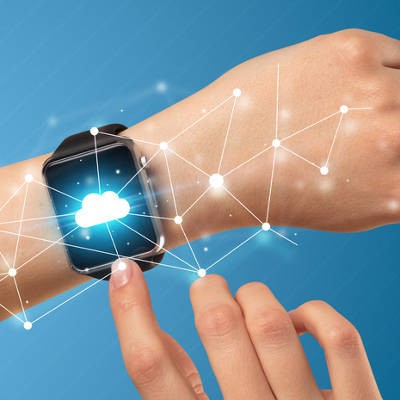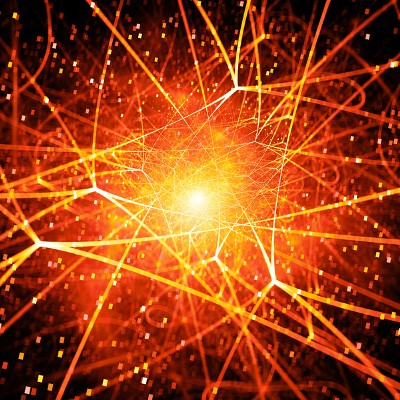How often do you see smart technology in headlines? The term is thrown around a lot, and it’s because there are countless products circulating in both the consumer and business environments. These connected devices range from smart forks to smart cars, so you can imagine that there are a fair number of useful (as well as useless) applications of this technology. How has it changed in recent months, and what will smart technology look like in the future?
For Your Person
Smart products are produced for a variety of reasons with one of the more practical ones being monitoring your physical wellbeing. One of the best and most recognizable devices for this purpose is Fitbit, which has ushered other companies dedicated to health monitoring devices through the door. Health bracelets, watches, and smart fabrics all contribute to this trend of connected devices encouraging people to care more about their health using technology.
These devices contain microprocessors, sensors, and energy sources, and they contain the hopes and dreams of engineers who have worked tirelessly to create some of the most compact technology solutions on the market today. These devices are so useful that there were 125 million wearables shipped in 2017 alone. Here are some of the most popular smart technologies on the market today:
- Fitness trackers: The most simple fitness trackers can count your steps and estimate calorie loss, as well as distance traveled, sleep quality, and speed.
- Smart watches: Some smart watches can track fitness information, as well as other features that work with other apps on your mobile device.
- Smart clothes: As you might imagine, most smart clothes are typically designed for use with fitness. There are self-cooling shirts that react to your body temperature, as well as yoga outfits designed to help your yoga posture.
For Transportation
Automobiles have also made great strides in smart technology. You’ll see cars that offer everything from heads-up displays to screens that can showcase all kinds of content. Some cars are even capable of driving themselves, though this is a technology that’s still developing. The concept, however, is that connected technology is fueling future transportation initiatives. It’s thought that in the future, this will be a major part of the automobile industry.
Technically, smart technology in cars has been being used since 1996. Every single car that has been manufactured since has a built-in on-board diagnostic system. This helps mechanics understand some of the intricacies of vehicles by accessing data stored by the computerized system. You may have even used some of these diagnostic tools yourself when you see your Check Engine light turn on.
Some smart enhancements go beyond the practicality of diagnostics and simply make the user experience better. There are navigation systems designed to help users make their way to their destination, as well as control interfaces for temperature, media, and gear status. There are cameras that activate while your vehicle is in reverse to help drivers safely back up, as well as side-sensors to detect when something is a little too close for comfort.
Augmented reality could also make a move on smart cars. Windshields and rear-view mirrors with augmented reality can (and likely will) become standard features on new automobiles. Google and Apple have begun to design devices for integration with these smart car features, allowing for a consistent connection for use with music or other media.
For Your Home
Most smart devices are designed of use in the home. There are some that have no business being connected, but there are others that are designed to save on energy costs and other practical uses. The most popular smart devices include Amazon Echo and Google Home. Since they can perform multiple different roles and control certain devices, they are quite helpful. Other devices used in the smart home include locks, cameras, lights, thermostats, and anything else that can be controlled digitally through a smartphone app.
Several of today’s most used appliances come with smart technology installed, including refrigerators, ranges, faucets, washers, dryers, dishwashers, vacuums, and so much more. Questions have arisen about the practical use of many of these smart appliances, but their major draw is that they get smarter and more efficient depending on how they are used. They can lead to lower energy costs in the long run and effectively offer value for a longer length of time than a normal device. Just about all smart technology has this principle in mind.
While smart technology generally comes with a higher price tag than usual, this is only because it hasn’t become mainstream yet. Once more of these devices flood the market, the price of it will drop considerably. How will your organization leverage smart technology in the future? To find out, reach out to the IT professionals at Telesys Voice and Data.


